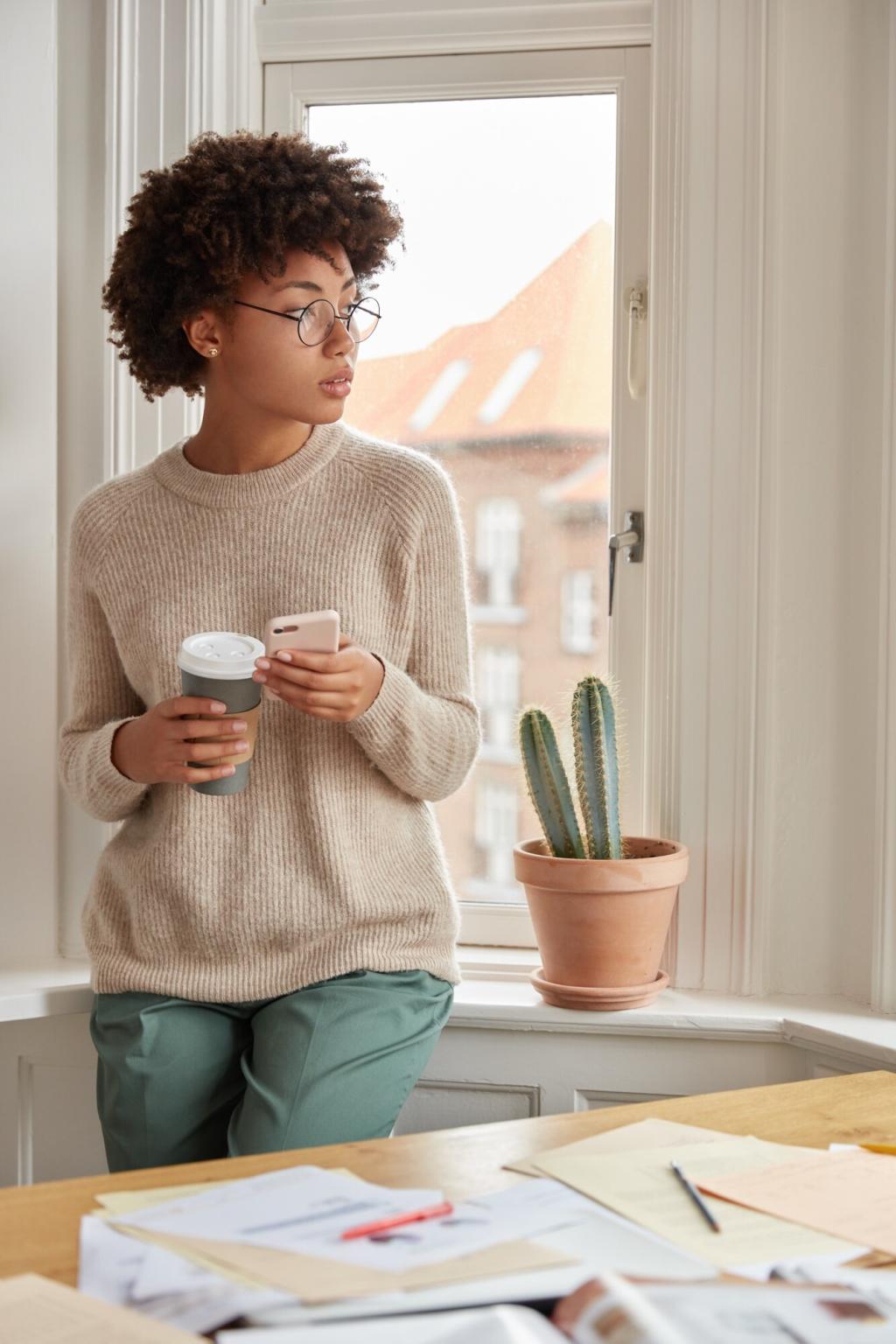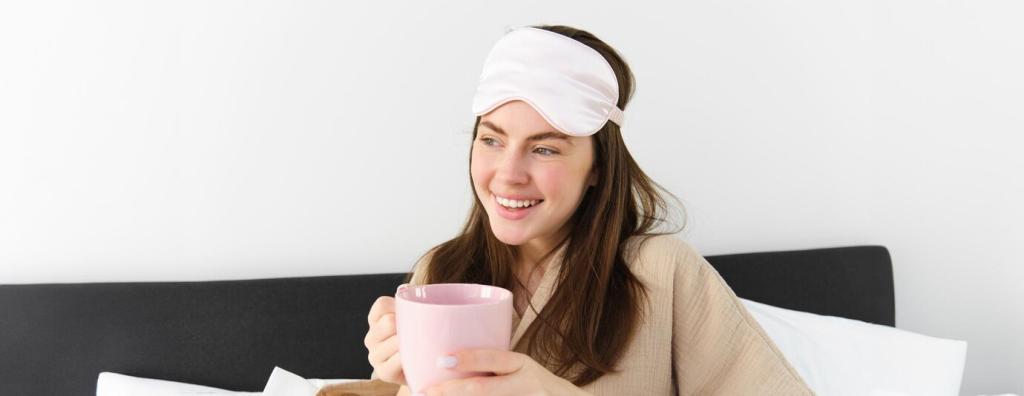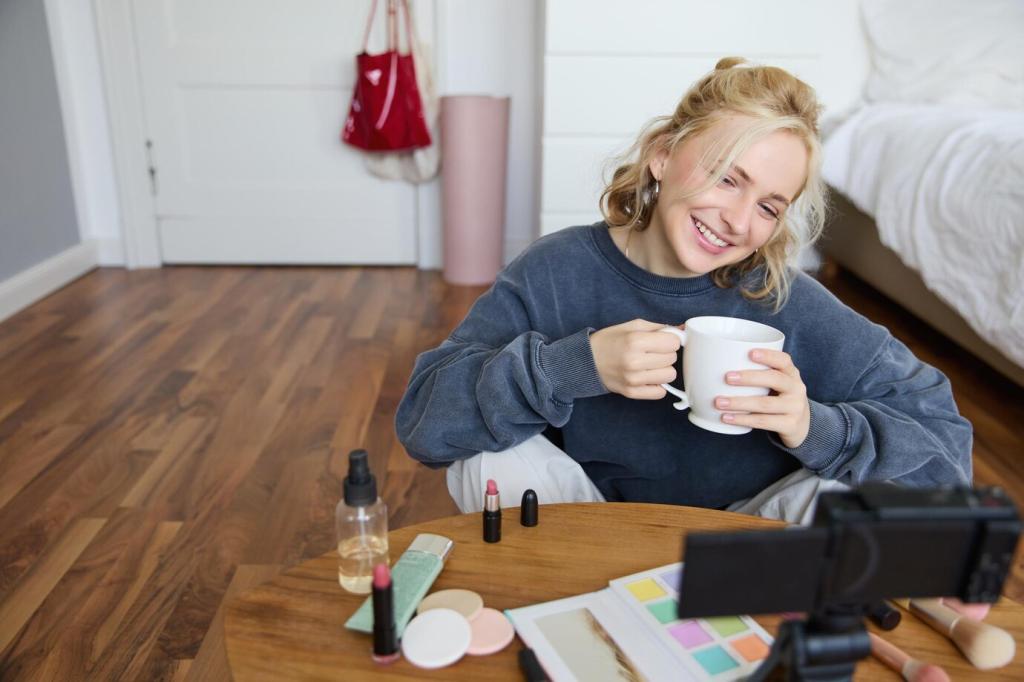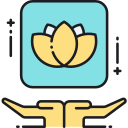Art Therapy for Emotional Well-being: Create, Feel, Heal
What Art Therapy Does to Your Brain and Heart
Why creating can lower stress hormones
Gentle, repetitive art-making engages the parasympathetic nervous system, helping cortisol settle while attention shifts from looping worries to color, texture, and shape. It’s a body-level pause where feeling safe becomes possible again.
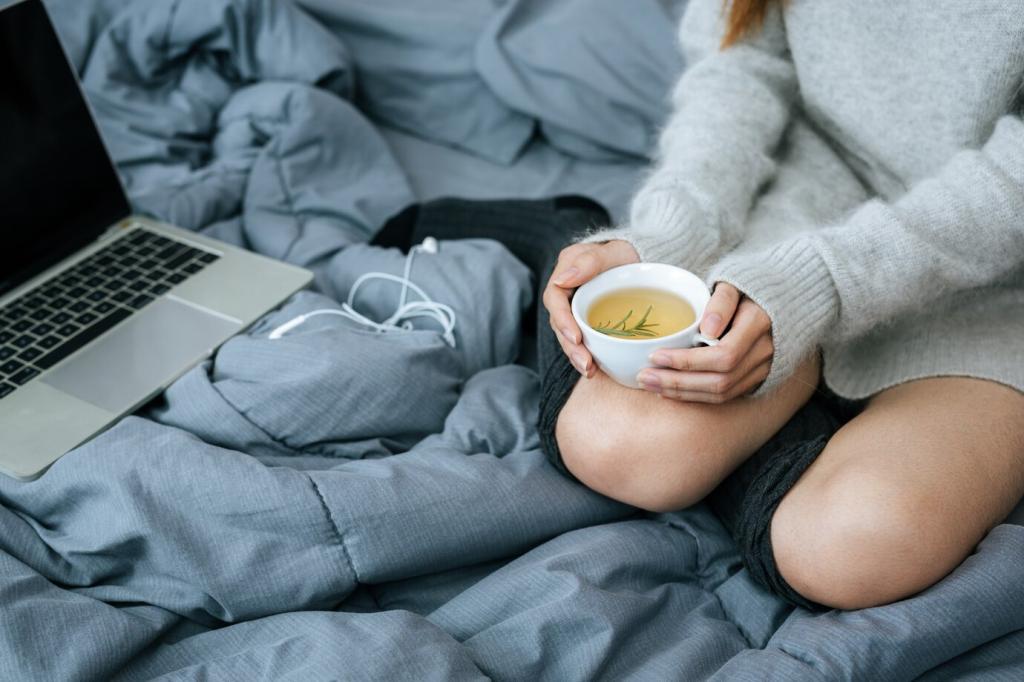
Gather Your Tools and Courage
Start with printer paper, colored pencils, a glue stick, and old magazines. Simple tools lower pressure and encourage exploration. If a material intimidates you, swap it for something friendlier and let curiosity guide your choices.
Anxiety Soothers: Patterns, Breath, and Gentle Lines
Begin with a circle. Add rings of dots, lines, petals, and pauses. The predictable pattern smooths mental noise, offering small decisions that feel safe. Breathe with each ring and notice when inner space widens.
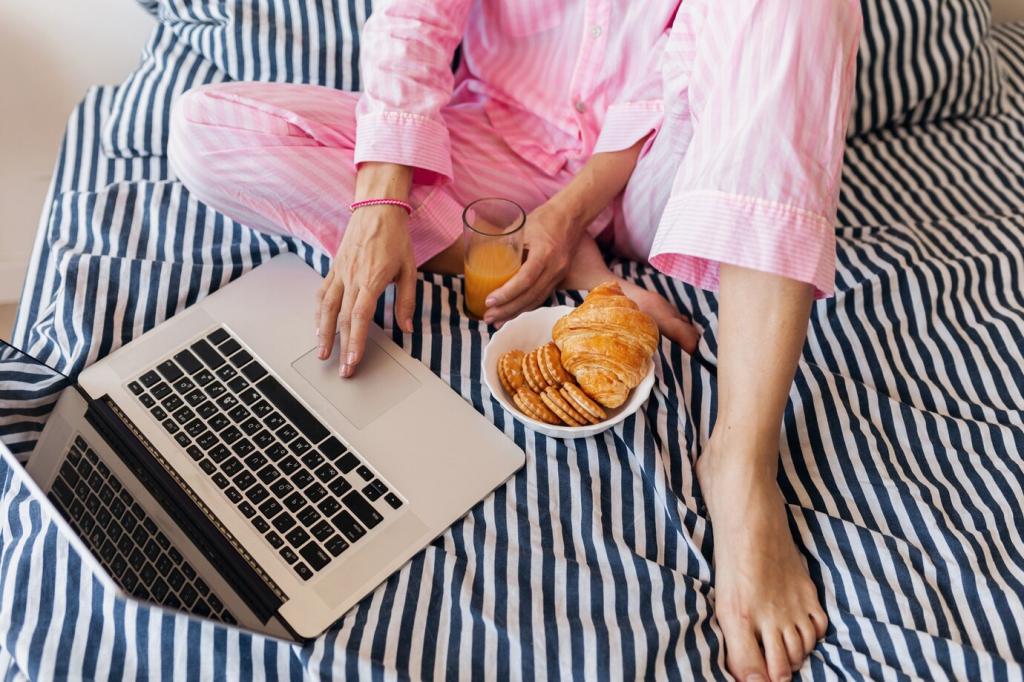
Anxiety Soothers: Patterns, Breath, and Gentle Lines
Choose two or three simple patterns and repeat them slowly, tile by tile. Precision isn’t required—presence is. As your pen wanders, looping thoughts loosen, replaced by softness in wrists, jaw, and breath.
Rage pages with charcoal and space to move
Tape paper to a table, choose charcoal, and make big, fast strokes. Press, smudge, and breathe through the friction. When the heat eases, add a small white shape to mark the first cool patch returning.
Collage conversations with loss
Cut images and fragments of text that echo your memory, then arrange them into a quiet scene. Glue slowly, leaving room for silence. Add a single line that says, “I miss you,” and let it be enough.
Celebrating small joys in a gratitude grid
Draw a grid of nine squares. Fill each with a tiny joy from today—tea steam, sunlight stripe, a friend’s message. Joy becomes visible evidence, reminding your nervous system that safety can return in whispers.
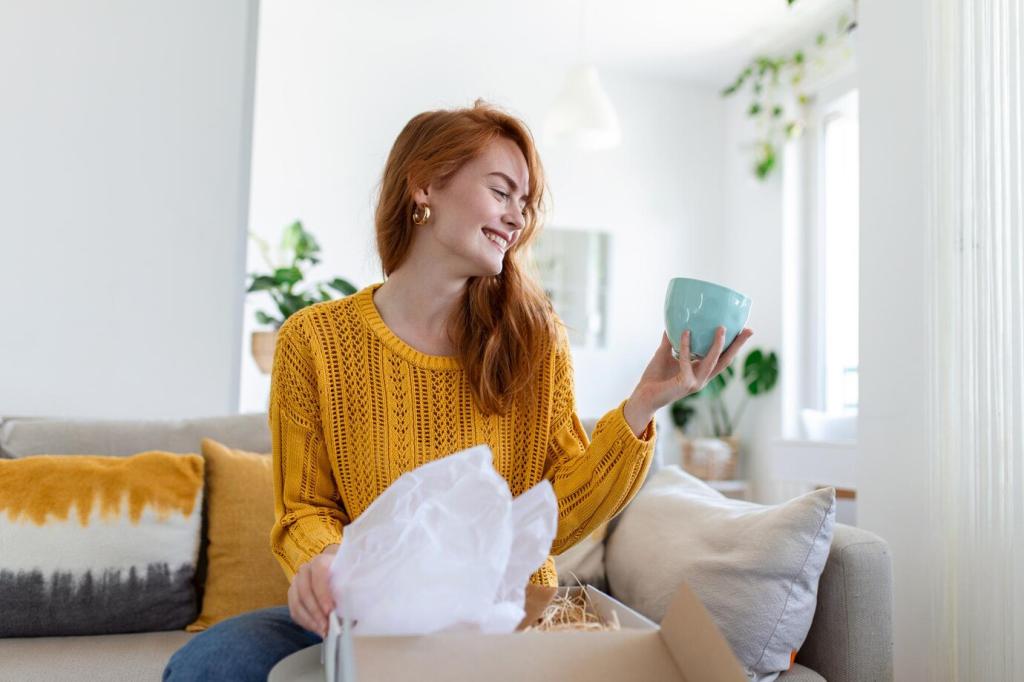
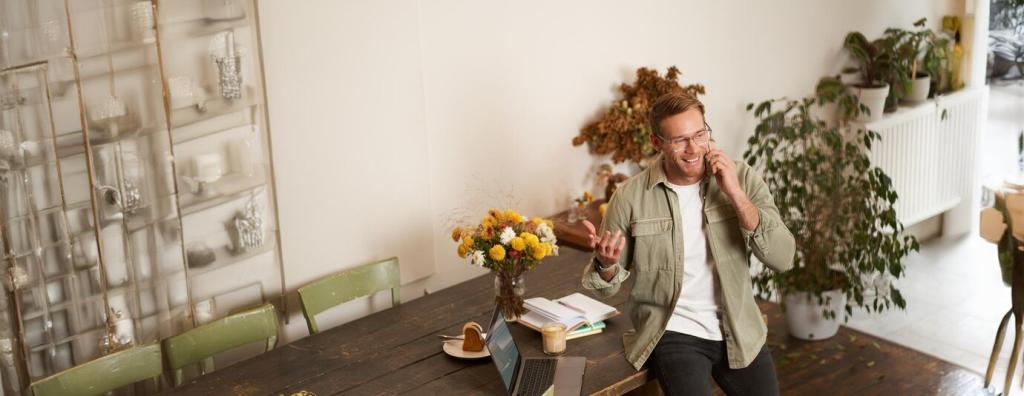
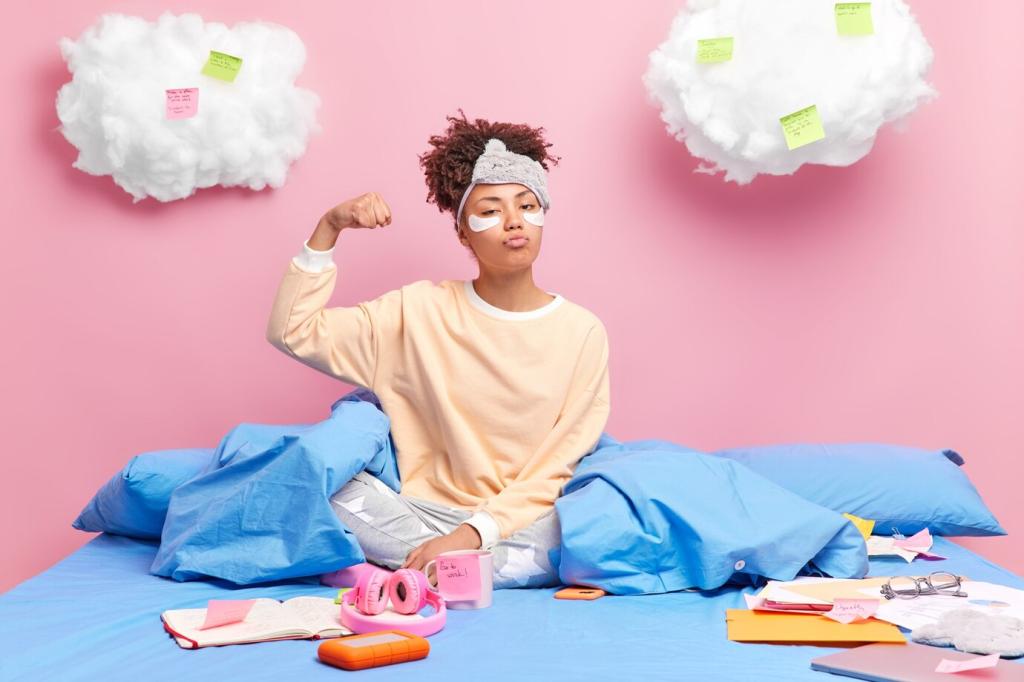
A Story: Maya’s Return from Burnout
Maya came home too tired to talk. She drew raindrops for ten minutes, each one a breath. By the fourth evening, the page looked like weather clearing, and she finally slept through the night.
A Story: Maya’s Return from Burnout
She painted a dozen tiny doors: some closed, some ajar, one locked. Labeling each with a work request helped her practice no’s. The locked door meant, “Not mine.” Relief followed like sunlight under a curtain.
